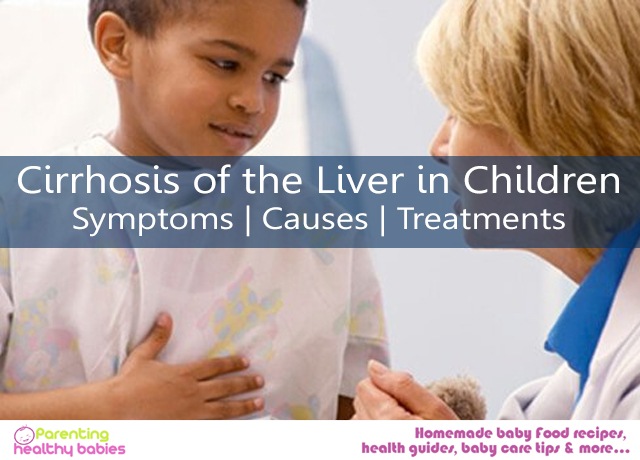The heart is the vital organ for each one of us and without it we would have been dead. The pump of blood from the heart to the entire body is essential, and this pumping produces the sound of lub-dub. Such sounds confirm that the heart is working, and the person is alive. This sound helps in determining the heart rate or heartbeat per minute.
Normal heart rate in an adult is on an average 72 per minute, but when it comes to children, the heart rate varies. Children tend to have a higher heart rate compared to adults. With the increase in age, the heart rate slows down. Measuring pulse is an easy method of determining the heart rate.
In this article:
Normal Heart Rate in Children
Checking the Child’s Heart Rate
Arrhythmia in Children
Abnormal Heart Rate Symptoms in Children
Arrhythmia Types
Risk of Arrhythmia in Children
When to Seek the Doctor
Arrhythmia Treatment
Living with Arrhythmia in Children
A Guide for Normal Heart Rate for Children
Normal Heart Rate in Children
In the resting stage i.e. when the child sits quietly, the heart rate is known as resting heart rate. This resting heart rate varies with age and range from :
- In Neonates: 70 to 190 beats per minute
- In Infants: 80 to 160 beats per minute
- In Toddlers: 80 to 130 beats per minute
- In children aged 3 to 4 years: 80 to 120 beats per minute
- In kids 5 to 6 years: 75 to 115 beats per minute
- In children 7 to 9 years of age: 70 to 110 beats per minute
- Children 10 or more years old: 60 to 100 beats per minute
In a healthy child, the average range is observed even when pulses feel very fast.
Checking the Child’s Heart Rate
It is easy to measure the pulse of a child. Pulse could be determined at several places of the body such as wrist (radial artery), inside the elbow (brachial artery) or side of the neck (carotid artery). The wrist is considered to be the most easily accessible place. Placing two fingers along with a thumb on the wrist, gentle pressure helps to feel a slight beat against the fingers. Hold it for 15 seconds and count the beats in these 15 seconds later multiple it with 4 for estimating the heartbeat per minute. In infants and younger children, it is hard to feel the beat as they have small blood vessels. Therefore, doctors or experienced health workers can determine heart rate.
Arrhythmia in Children
Sometimes the heartbeat in children deviates from their average range and thus it is a matter of concern. Any unusual pattern in heart rate or fluctuations can be observed in many children. Normally the pacemaker cells in the heart can generate an action potential in the heart which is transferred from atria to the ventricle (Upper heart chamber to lower heart chamber). Simultaneous contraction and relaxation help in the pumping of blood throughout the body. This rhythm is under the control of several factors such as stress (fever, dehydration or conditions like anemia). Physical activity can affect the muscles of the heart and the action of potential pathways.
Abnormal Heart Rate Symptoms in Children
Symptoms of arrhythmia depend on the age and maturity of the child. Older children may tell what they feel like while in infants’ paleness of skin along irritability can be observed. Following are some of the common symptoms :
- Palpitations
- Excessive sweating without any cause
- Shortness of breath
- Fainting
- Weakness
- Slow or fast heartbeat
- Irregular pauses in between heartbeats
- Chest pain
Arrhythmia Types
Arrhythmia can be classified into three major types :
- Supraventricular (atrial)
- Ventricular
- Brady arrhythmia
Atrial arrhythmias in children as follows :
Supraventricular Tachycardia (SVT): Fast and regular rhythm is observed.
Premature Atrial Contractions: untimely beats that occur in atria.
Atrial Flutter: This type of defect is caused due to one or more rapid circuits in atrium
Atrial Fibrillation: Spread of certain impulses within atria to reach the AV node first.
Wolff-Parkinson-White Syndrome: Impulse travel quickly to the ventricle because of an extra conduction pathway.
Premature Ventricular Contractions: Early beating due to signals reaching untimely to the ventricles
Ventricular Tachycardia: It is a fatal condition in which impulse generates from a ventricle at an irregular and fast rate.
Ventricular Fibrillation: Distorted irregular shooting of signals within ventricles.
Sinus Node Dysfunction: Due to abnormal SA node slow heart rhythm is observed.
Heart Block: Delay of signals from the SA node to the ventricles.
Risk of Arrhythmia in Children
Children having any congenital heart disease are prone to develop arrhythmias. If left untreated then these arrhythmias turn out to because of morbidity and mortality. In the case of delayed surgeries, complications like cyanosis, heart failure can be observed. Children who are malnourished, HIV positive and have electrolyte imbalance have higher chances of developing arrhythmias.
When to Seek the Doctor
If the child is not able to carry out his day to day activities properly and often complains of chest pain and parents observe unusual excessive sweating then it is better to consult the doctor. If the child gets fatigued easily and often inactivate, this signals towards abnormality in the body. Thus, it is better to visit the doctor and discuss the problem.
Arrhythmia Treatment
- Arrhythmia is treatable at any age through the following:
- Medications including magnesium but these are often related to cause side effects.
- Radiofrequency ablation
- Pacemaker replacement surgery
- Surgeries interrupting irregular connections
Living with Arrhythmia in Children
Proper treatment and appropriate time can cure the arrhythmia. In children with arrhythmias time to time check-up is recommended. These children can lead a normal life if proper care and treatment are provided to them. If not treated well, these children may develop severe heart malformation which may lead to severe life-threatening complications or even death.
Conclusion
Children with irregular heart rates develop arrhythmias. Parents should be able to recognize the symptoms and consult the doctor as soon as possible to provide appropriate treatment for the child and save his or her life.













